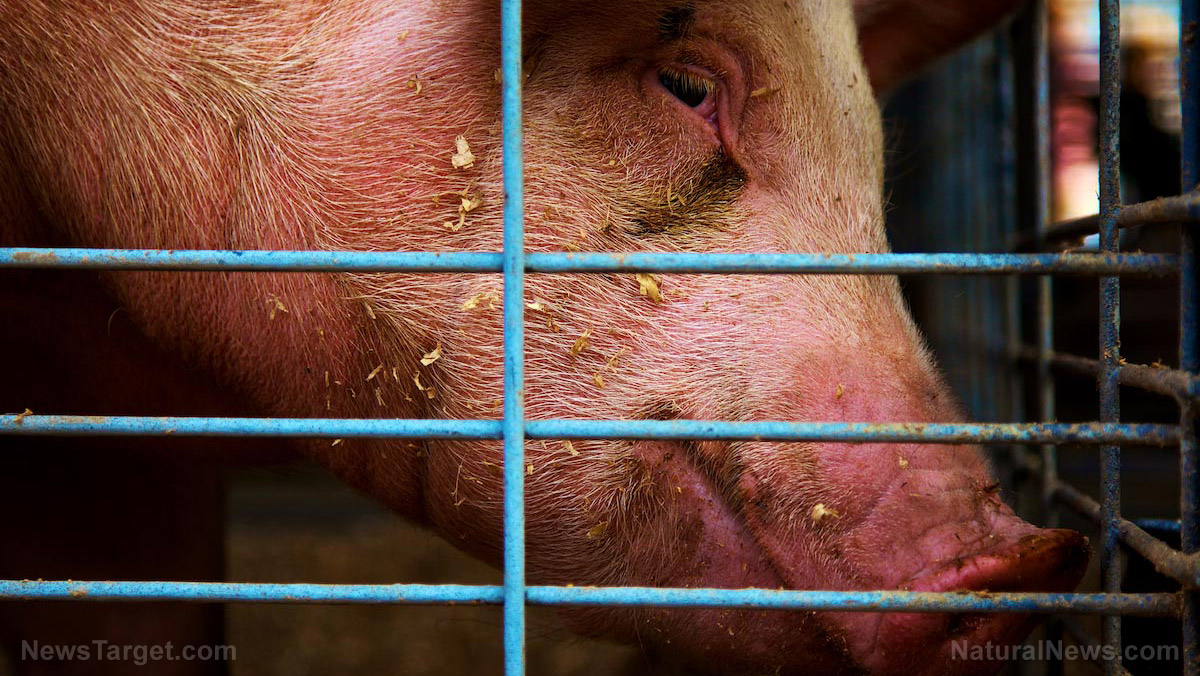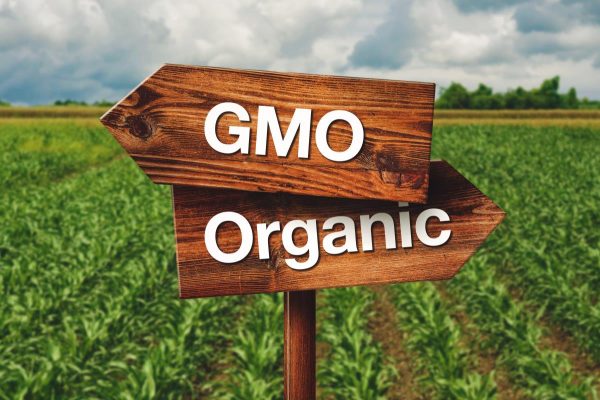Consumers now demanding their meat be raised “humanely,” without growth hormones or GMOs, according to new study
05/02/2017 / By Tracey Watson

Recent polls indicate that over 90 percent of Americans want their food labeled in a way that clearly indicates the presence of genetically modified organisms (GMOs). It is unsurprising, therefore, that a recent study conducted by the University of Illinois confirmed that when it comes to beef, chicken, eggs and dairy, the majority of people have key areas of concern that they want clearly indicated on food packaging, including the presence of GMOs.
The study, which examined how important seven key issues are to consumers, determined that the three most important factors were that animals had not been given growth hormones; that no GMOs had been used in the production of the food; and finally, that the animals had been humanely raised. This third issue was seen as more important for animals that keep producing items like milk and eggs, than for animals raised for slaughter.
Other issues of concern to consumers included:
- That the animal had not been given routine antibiotics;
- That it had been raised in a free-range environment;
- That the animal had been grass-fed or raised on a vegetarian diet; and
- That the product overall was certified as organic.
Researchers were surprised to find that consumers seemed to want specific issues identified individually, rather than by blanket terms like “organic” or “raised humanely,” which are legislated to cover multiple issues. Both the terms “organic” and “raised humanely,” for example, already indicate that no growth hormones have been given to the animal.
“When most people hear the term ‘organic,’ they think of produce, fruits, and vegetables,” said lead researcher Brenna Ellison. “I don’t think the term translates as well to animals. Consequently, consumers may not understand that the organic certification for meat and other animal products actually already includes a lot of these other production attributes.”
Labeling, therefore, has a direct impact on the salability of a product, and consumers are demanding clear, understandable labeling that clarifies issues that are important to them in a very direct way.
This is interesting when looked at in the context of the federal GMO labeling law signed by President Obama in August 2016. After Vermont passed its own GMO labeling law in 2014, many big food companies began labeling their products, even those sold outside of the state. There were several who even started removing GMOs from their products. That all ground to a halt when President Obama signed a toothless and confusing federal labeling law last year. In terms of that law, instead of the clear, concise labeling that the public had been demanding, food producers were offered the following three labeling options:
- They can clearly state the presence of GMOs on the food label;
- They can add a barcode which consumers with smartphones can then scan to get the relevant information; or
- They can simply print an 800-number on the package which consumers will have to phone if they really want to know whether or not the food contains GMOs.
Guess which option all the food manufacturers are likely to choose? Clue: It’s most probably not going to be the first one.
Many consumers were outraged by the law. For one thing, there are still many people who do not have access to smartphones. For another, who has the time to scan a barcode or call an 800-number for every product they want to pick up at the store?
The University of Illinois study really drives home the point that consumers want clarity. They want to know what they’re eating; they want to know what the animal they’re eating was fed; they want to know what hormones and medications it was given. It’s not complicated – just inconvenient for those who wish to keep those facts hidden.
Sources:
Tagged Under: Antibiotics, GMOs, growth hormones, humane treatment of animals, Labeling


















